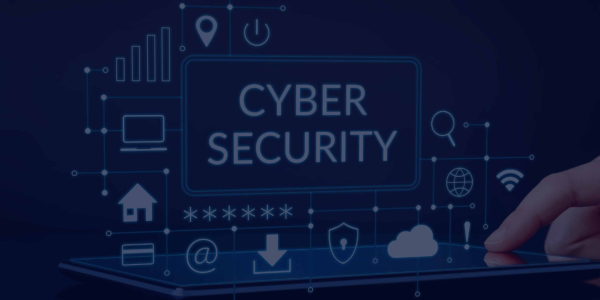It was a chaotic morning at Hyper-Elect Lumino Power (HELP) Pvt Ltd*. Employees were operating in a state of panic as an early morning phone call left them stunned. The news quickly spread that the company had been breached. The main culprit was unknown, but the company faced several internal obstacles as they had no stable plan in place to respond to this breach. Top management was thoroughly unprepared as they had been lulled into a false sense of security, believing that the current security measures were adequate. All departments came to a screeching halt as there was no data on the impacted areas or individuals accountable for the breach. The question on everyone's mind was, how did someone gain unauthorised access to the internal systems? What would be the liability moving forward? And, what would be the standard plan of action to combat this situation? HELP truly needed some help.
It is unfortunate but not uncommon for a company to fall victim to a data breach. Cyber warfare is a growing concern for organisations, and it is important for them to have a plan in place to respond to such incidents. A data breach can have serious consequences, not only for the company but also for the individuals whose personal information may have been compromised. It is crucial for companies to take proactive measures to protect themselves and their customers from these types of attacks.
An insight into the concept of 'Data Breach'
A data breach occurs when private or secure information is inadvertently or maliciously exposed to an unauthorised setting. This can be the result of an intentional act by an employee or a hacker, or it can happen accidentally. In a general sense, a data breach involves the unauthorised disclosure of personal information such as names, phone numbers, email addresses, medical records, or any other information that can be used to identify an individual or a company.
Steps to be taken to avoid a Data Breach
It is impossible to predict and prevent every data breach. According to a 2022 report by IBM, for 83% of companies, a data breach is a matter of when, not if. In order to mitigate the risk of a data breach, companies like HELP can follow certain industry best practices. These include but are not limited to:
- Limited privilege access: While promoting an inclusive office culture is important, it should not extend to sensitive information. Companies should grant privileged access only to those who need it, and guard data with elevated access levels and regular monitoring.
- Educate employees: Employees are often the first line of defence against a data breach. Regular awareness and training programs are crucial in strengthening this line of defence.
- Conduct risk assessments: An outdated cybersecurity policy will not protect a company from modern-day malware. It is essential to conduct audits and vulnerability assessments at regular intervals to ensure that policies are thorough and well-suited to tackle current threats.
- Appoint a dedicated official: Safeguarding a company's cyber assets is not a one-person job. Companies should appoint an individual with technical skills to take accountability for cyber security.
- Implement proactive and responsive cybersecurity plans: Having a system in place to respond to a data breach attempt is crucial. If an attack does take place, having a plan in place can aid in controlling the damage and regaining public confidence.
In Conclusion
Despite following industry best practices, intercepting data breaches and cyber-attacks can still be challenging. These practices provide a comprehensive safety net, but they may still leave certain vulnerabilities. As companies strive to maximise customer experience by collecting and processing vast amounts of data, the need for cutting-edge digital technology becomes increasingly important. The responsibility for ensuring security falls on the shoulders of C-level executives, who must re-evaluate measures and design state-of-the-art standard plans to maximise cyber security. As we move into a new decade, it is essential to anticipate potential hazards and threats and have a robust security plan in place to combat them.
This is where Rainmaker comes in as a saviour. We offer engaging training programs to make learning about cybersecurity more enjoyable and informative. Our team helps clients create comprehensive digital strategies based on global best practices. Contact us to schedule a consultation or to learn more about our custom-tailored plan of action for your company.
*Disclaimer: All names and entities mentioned in the blog are fictional, and any resemblance to any actual entity is purely coincidental. Author: Vidhi Krishali, Research Associate, Law, Rainmaker Directions and Contributions: Akanksha Arora, AVP-Legal, Rainmaker Reference: [i] https://www.ibm.com/reports/data-breach
DISCLAIMER – No information contained in this website may be reproduced, transmitted, or copied (other than for the purposes of fair dealing, as defined in the Copyright Act, 1957) without the express written permission of Rainmaker Online Training Solutions Pvt. Ltd.











